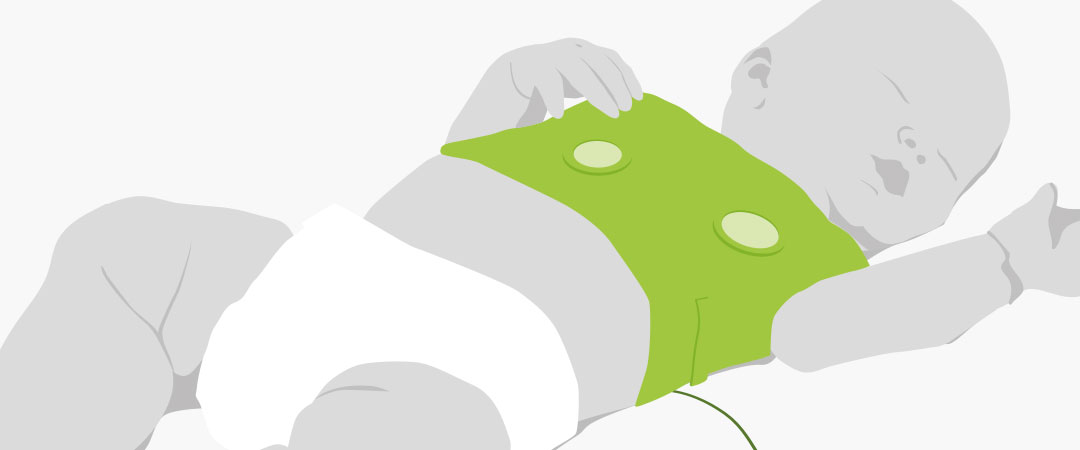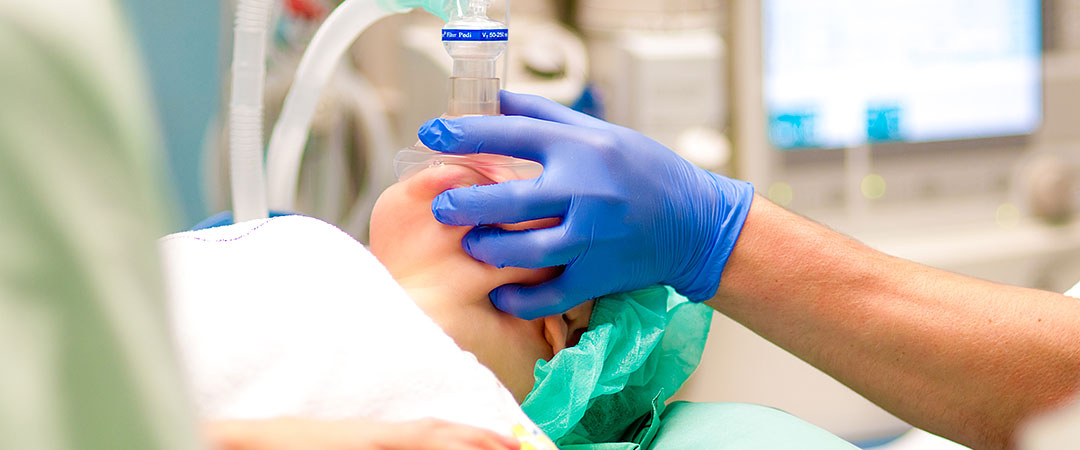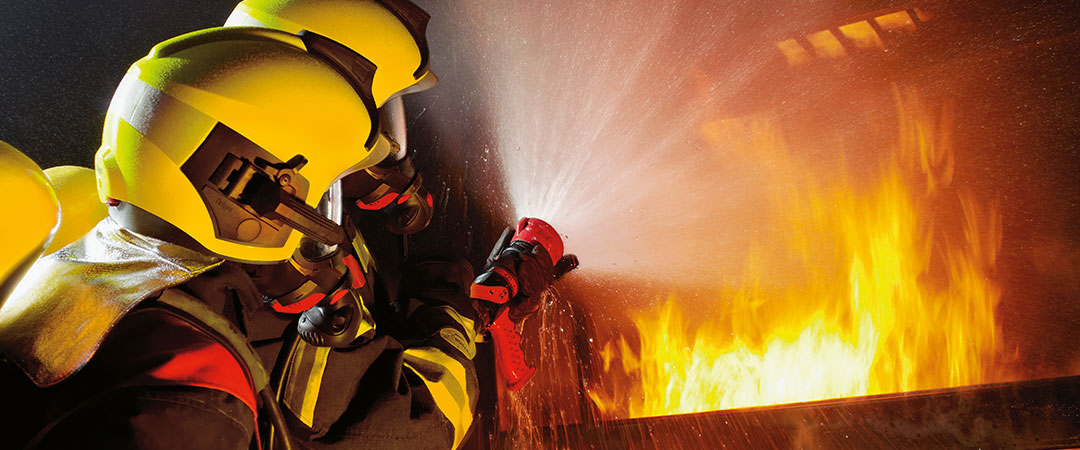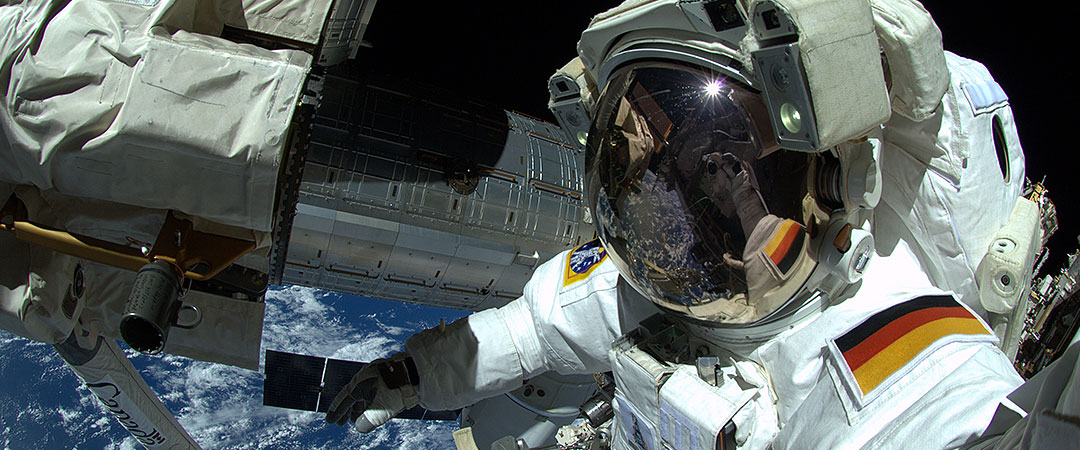Optimal medical care
for premature babies
Monitoring of premature babies –
invented for astronauts
The family’s littlest one was born several weeks prematurely. As a premature baby, she has to spend the first weeks of her life in an incubator. Two technologies that had initially been developed for astronauts can help with a better start into life especially for premature babies.
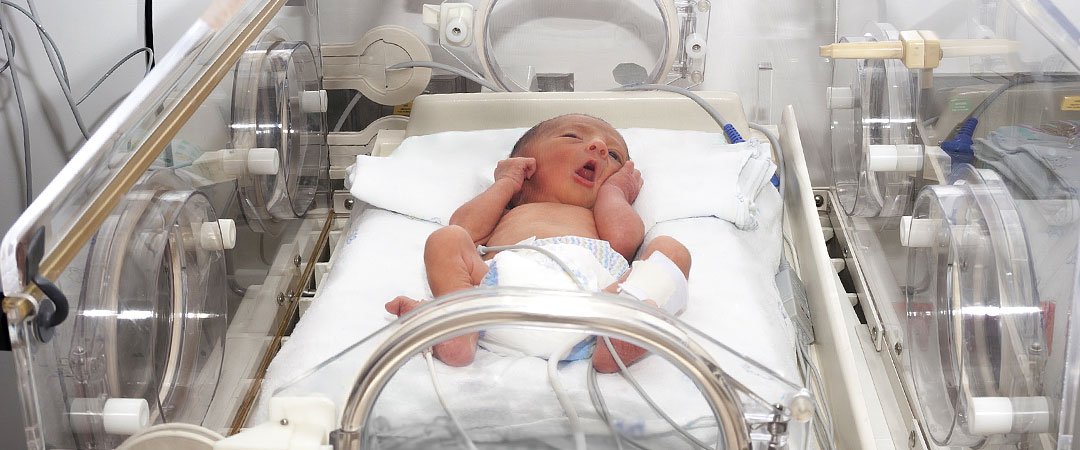
© Herjua/fotolia.com
The essential function of an incubator is “breeding”, i.e. provide warmth that should be about 36 degrees Celsius given the human body core temperature of 36.7 degrees Celsius.
However, premature babies are not capable of regulating their body temperature very well. Too high or too low temperatures can quickly become a threat to them. Measuring the body’s inside temperature has no longer to be done via invasive catheters, but – thanks to novel sensor technology and data evaluation (deployed on board the ISS) – can be gently measured from outside. This improves the chances of growing up well.

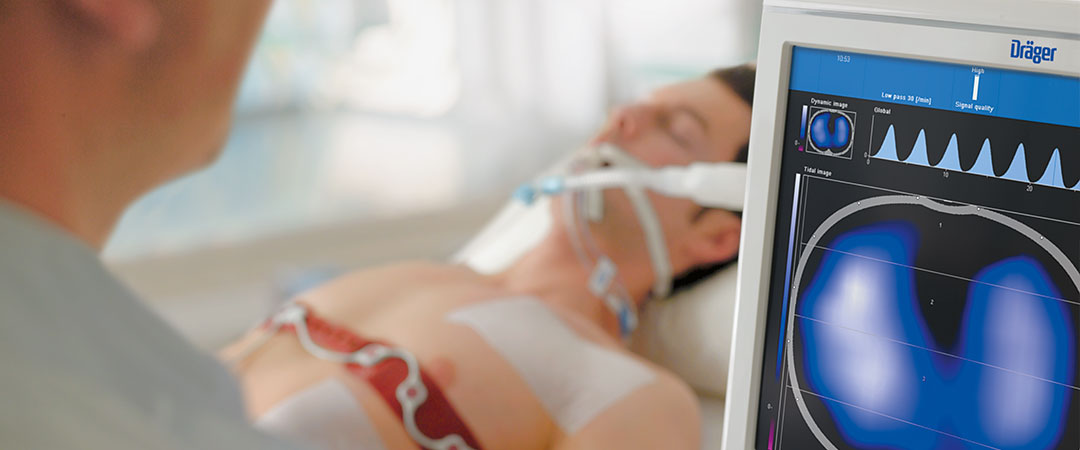
© Drägerwerk AG & Co. KGaA, Luebeck. All rights reserved. None of the parts may be reproduced, stored in a data system, or transmitted, in any form whatsoever, electronically or mechanically, by photocopy, recording or any other kind of transmission, without prior written approval.
In artificial respiration, PulmoVista helps, a monitoring device with chest strap, making breathing and lung fill visible through a process that can also be deployed on the International Space Station ISS. The mathematical methods to convert raw data to evaluable images were developed and successfully tested by German space flight experts, e.g. at changing gravity conditions during parabolic flights.

PulmoVista makes breathing visible
A correct setting of the artificial respiration is important, since too low pressure will cause hypoxia or collapsed lungs whereas too high pressure will damage the lungs. Both impair the chances for recovery.
This is the reason why physicians must watch the lungs of patients. Live images of the lung fill directly at the patient’s bed? Without radiation, only with a chest strap? This has only come true since PulmoVista came on the market. The monitoring device from Dräger visualises in real time whether the breathing air is evenly distributed in the lungs.
© Drägerwerk AG & Co. KGaA, Luebeck. All rights reserved. None of the parts may be reproduced, stored in a data system, or transmitted, in any form whatsoever, electronically or mechanically, by photocopy, recording or any other kind of transmission, without prior written approval.
The device is easy to handle, ready for operation within a few minutes and is thus also suitable for emergencies that require quick artificial respiration.
With PulmoVista, a special process is used for the first time: the Electrical Impedance Tomography (EIT). EIT was initially deployed to determine the pulse via the electrical resistance of the thorax – for example on board the ISS. The same technology, however, is also suitable for monitoring the lungs. Today, the algorithms and data processing that calculate usable data and visualisations from the resistance values are part of PulmoVista.

THERMO –
non-invasive temperature measurement of organs
Astronauts often complain of cold feet and fingers, since under microgravity conditions blood and lymph are flowing very quickly from the lower to the upper half of the body. This also changes the body-heat balance: to precisely determine these changes, it is important to measure the body core temperature; that means the temperature of the internal organs. In hospitals and medical practices, it is mostly measured by a probe in the body (to be precise: in the anus or with a Foley catheter). This time and energy consuming procedure – one has to have a probe inside one’s body all day long on the space station – now has become obsolete for the astronauts.
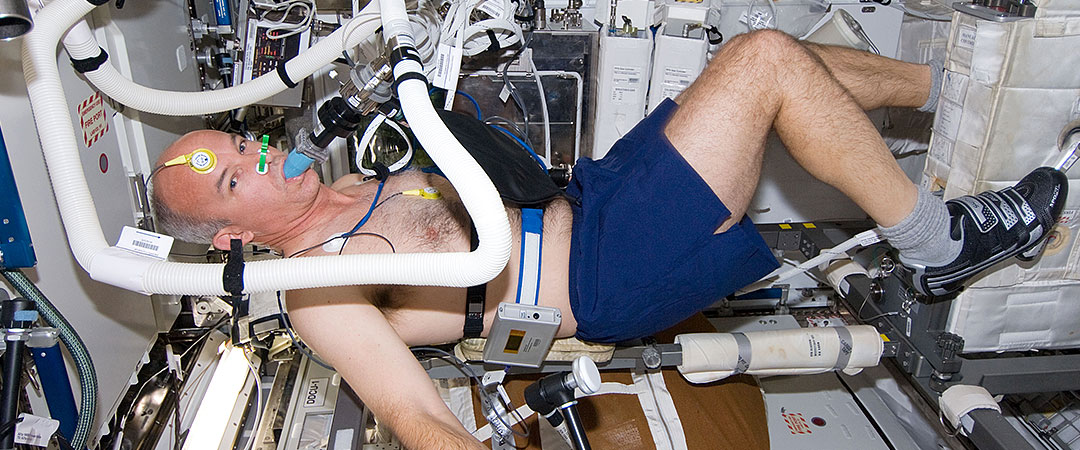
© NASA




In the THERMO experiment, on board the ISS since 2009, a new procedure is used: the thermal flow at the head and the sternum is detected by a double sensor that had initially been developed for measurements in reactor waste water and has been optimised for use in humans.
The body core temperature is then calculated from these values through algorithms. Jointly with the data of the cardiovascular condition the degree of exhaustion can be determined. Ergometer tests with astronauts on the ground and in space revealed how the body-heat balance changes: under microgravity conditions, the basic body temperature is higher and the cooling down phase takes longer.

Sensors and algorithms have been developed and tested at Charité Berlin in cooperation with Dräger in Luebeck.
